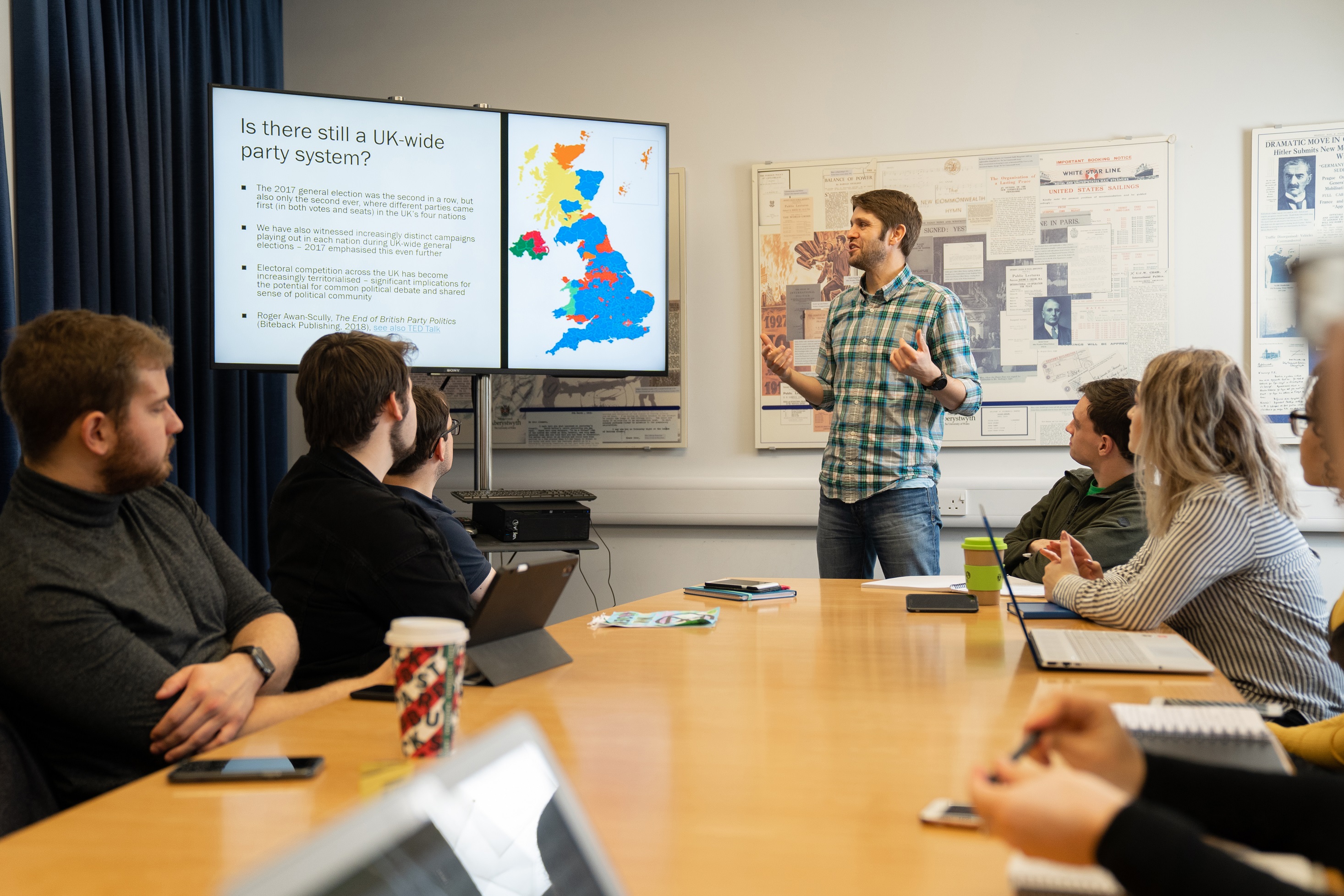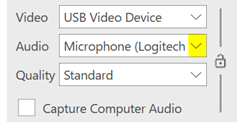
As leader of our PGCTHE programme, I keep an eye out for resources to help staff teach effectively. These include webinars, podcasts, online toolkits, publications and more. Topics include active learning, online/blended teaching, accessibility/inclusion, and effective learning design based on cognitive science. Below I’ve listed items that came to my attention in the past week. In the interest of clarity, our policy is to show the titles and descriptions in the language of delivery.
Online events and webinars
- 9/11/2021 #CreativeHE, Homestretch: Bringing Embodied Creativity to Postgraduate Support During Covid
- 10/11/2021 Echo 360, Reimagining Learner Engagement and Assessment in Blended Learning
- 11/11/2021 SEDA, CPD and Reflective Practice – Opportunities for meaningful outcomes
- 16/11/2021 TILE Network, Shifting the Dial to Include Those ‘Not in Education’
- 18/11/2021 Media & Learning, Online conference on Managing and innovating video-based services in Higher Education
- 8/12/2021 Echo 360, Developing Inclusive Educational Practices with Video-Based Learning
- Multiple dates through 2/2022 AdvanceHE, Inclusive learning and teaching workshop series
- 8-9/3/3022 Jisc, Digifest
Resources and publications
- Anthony, P., Digitally Enhanced Education Webinars YouTube channel, University of Kent
- Association for Learning Technology, CPD Webinars YouTube channel
- Carless, D. (6/11/2021), Feedback Seeking, Personal Website of Professor David Carless
- Fallin, L. & Watling, D. (20/10/2021), Designing for Diverse Learners Poster [3.2.2], University of Hull
- Groshell, Z. (30/10/2021), Demystifying Learning through Examples, Education Rickshaw
- Henderson M, Ryan T, Boud D, et al. (1/11/2021), The usefulness of feedback, Active Learning in Higher Education. 2021;22(3):229-243.
- JLDHE (31/10/2021), Special Issue: Compendium of Innovative Practice: Learning Development in a Time of Disruption, Journal of Learning Development in Higher Education
- Newton, F. J., Wright, J. D. & Newton, J. D. (2014), Skills training to avoid inadvertent plagiarism: results from a randomised control study, Higher Education Research & Development, 33:6, 1180-1193
- Reedy, K. (22/10/2021), Learning from practice: refreshing the OU activity types framework, Reflection and Resources from the Open University Learning Design Team
- Sherrington, T. (17/10/2021), Check for Understanding… why it matters and how to do it. #rEDSurrey21, Teacherhead
- Think UDL (2/11/2021), Ultimate Collection of Go-to Faculty Resources with Danielle Hinton (1 hour podcast)
- Thomson, S. (27/10/2021), Is HyFlex in flux?, Digisim
- Traxler, J. (4/11/2021), Decolonising Learning Technology, Education Observatory
Other
- Call for papers 30/11/2021: Advance HE, Teaching and Learning Conference 2022: Teaching in the spotlight: Where next for enhancing student success?
- Call for papers 21/12/2021: Interdisciplinary Learning and Teaching Conference
- Call for papers 24/1/2022: Assessment in Higher Education (AHE) Conference, Contemporary assessment practice in the new age of higher education “If you would like to discuss the relevance of your project to the conference please contact one of the convenors: Kay Sambell kay.sambell@cumbria.ac.uk Linda Graham linda.graham@sunderland.ac.uk or Pete Boyd pete.boyd@cumbria.ac.uk“
Please see the Staff Training booking page for training offered by the LTEU and other Aberystwyth University staff. I hope you find this weekly resource roundup useful. If you have questions or suggestions, please contact our team at lteu@aber.ac.uk. You may also wish to follow my Twitter feed, Mary Jacob L&T.








